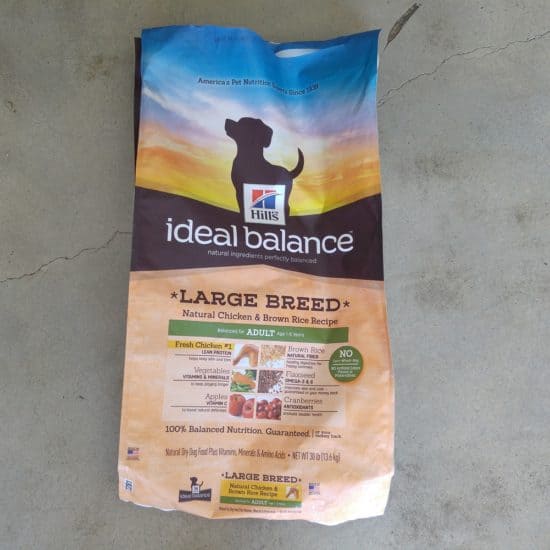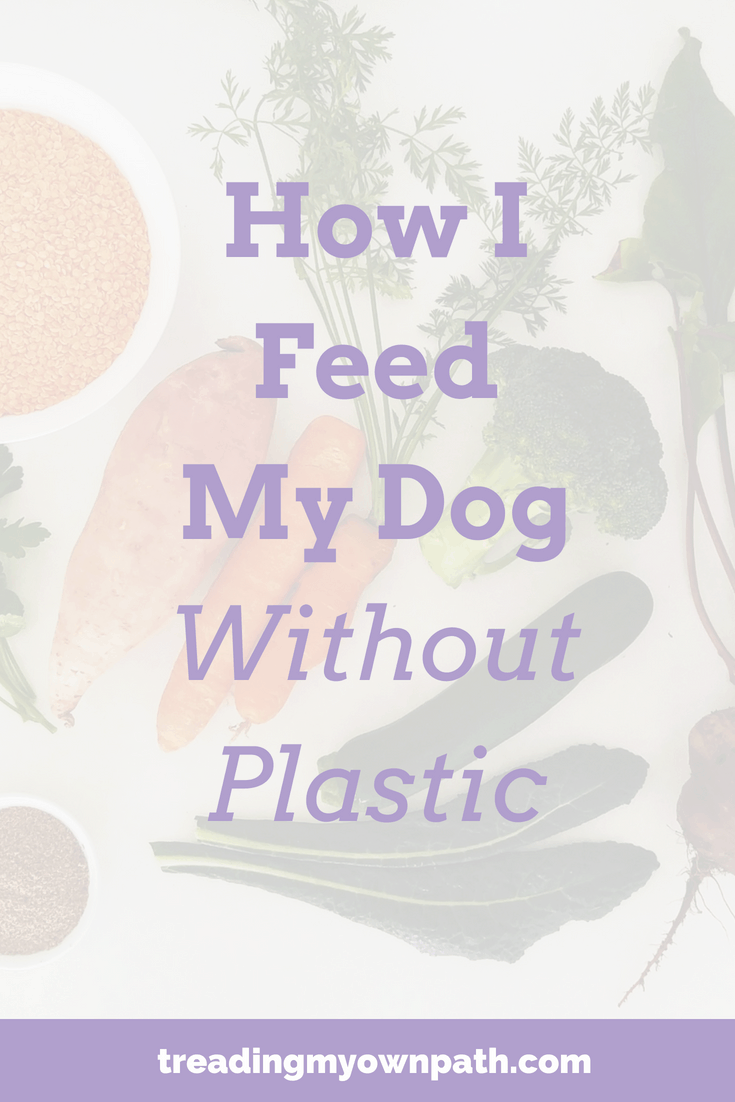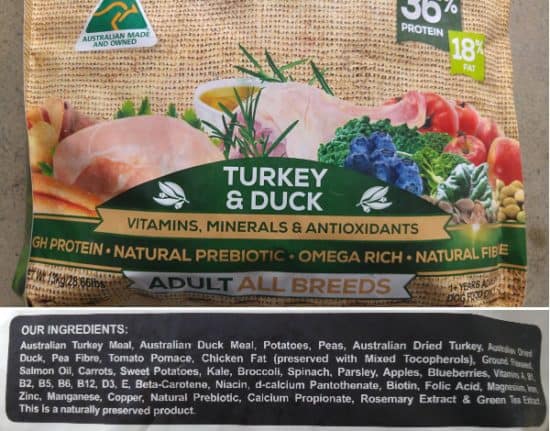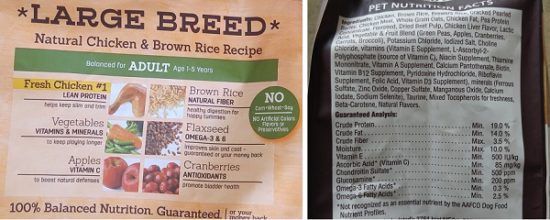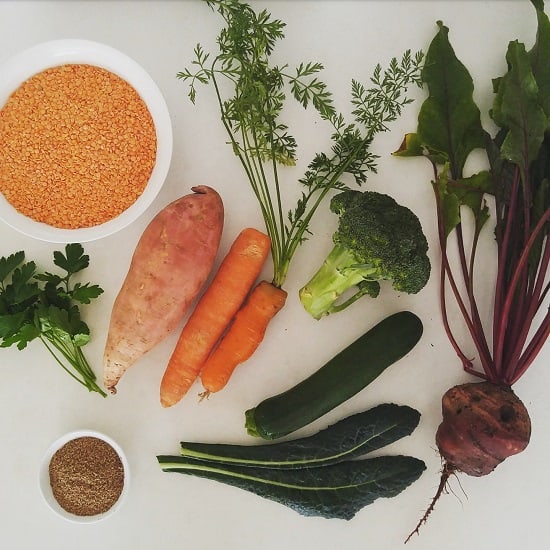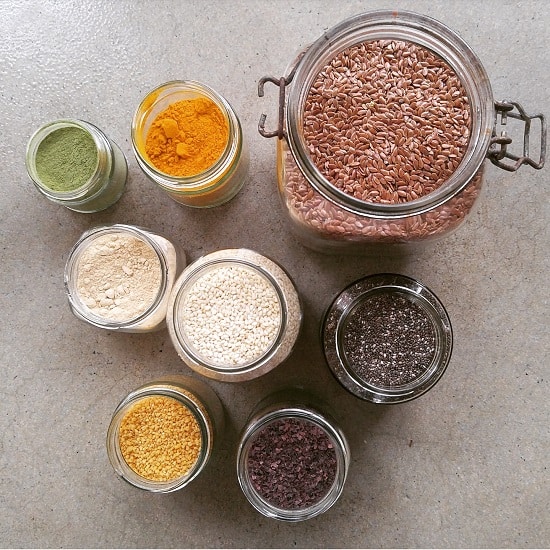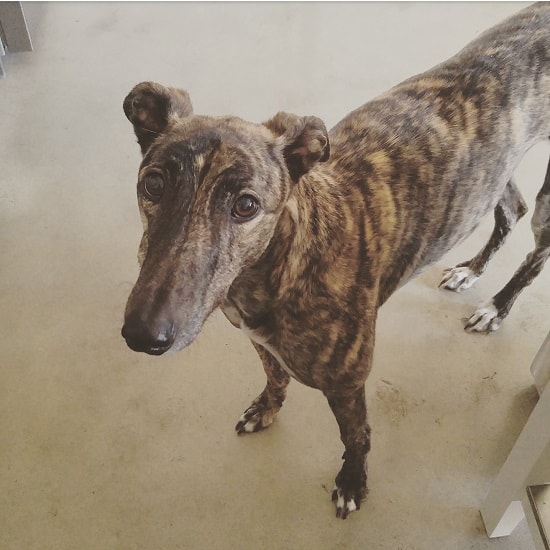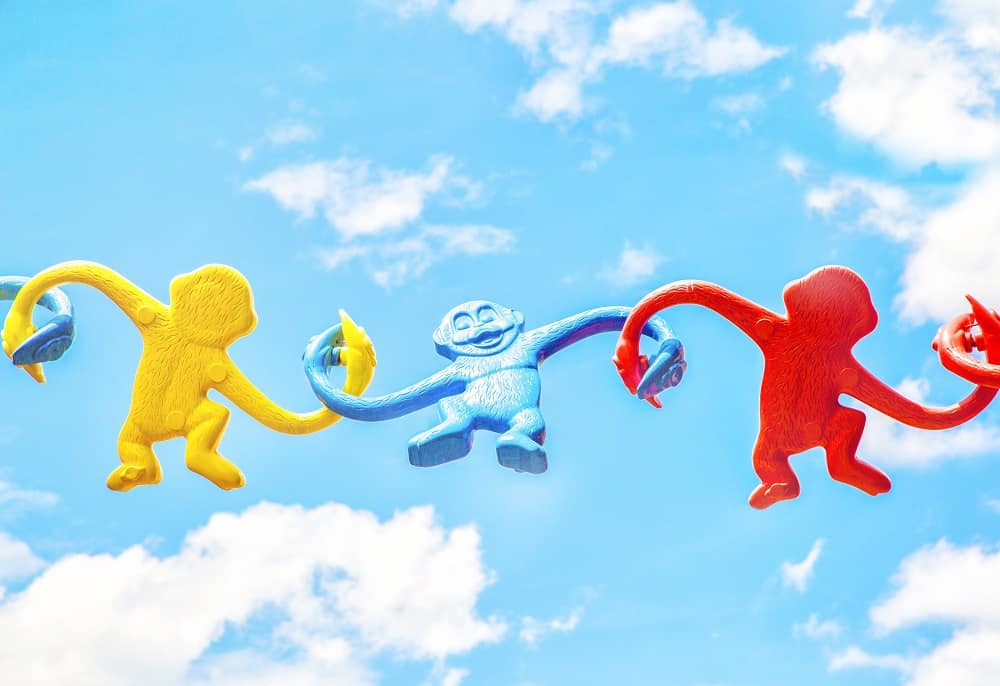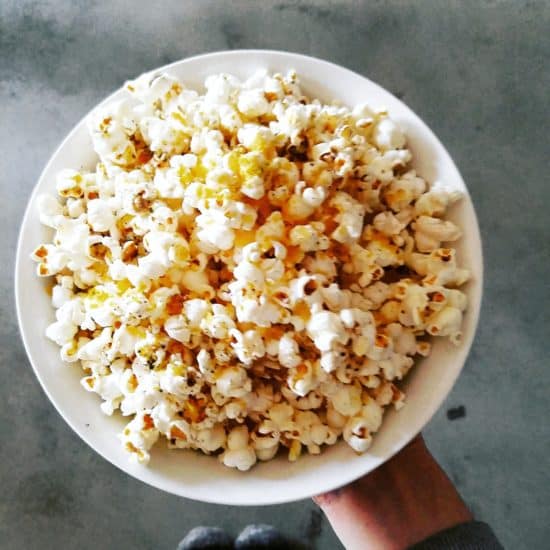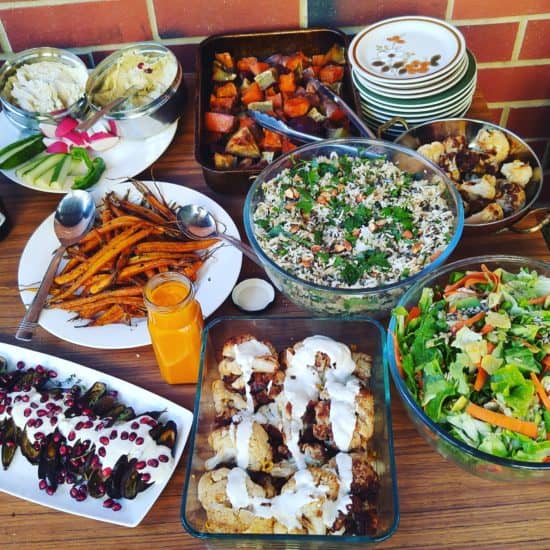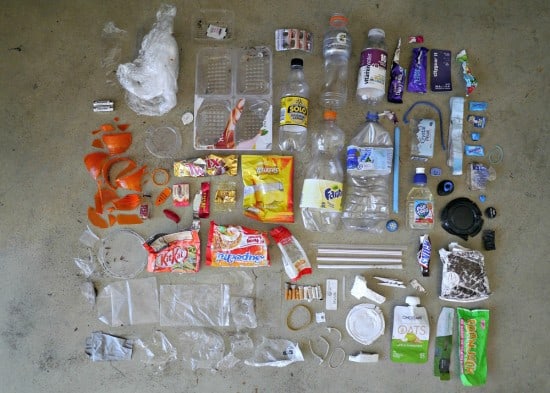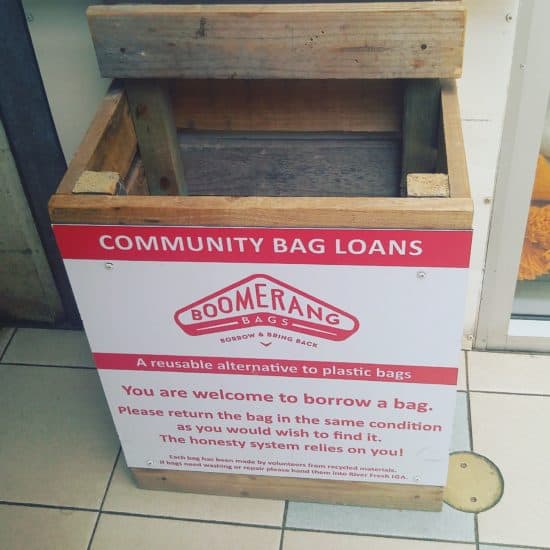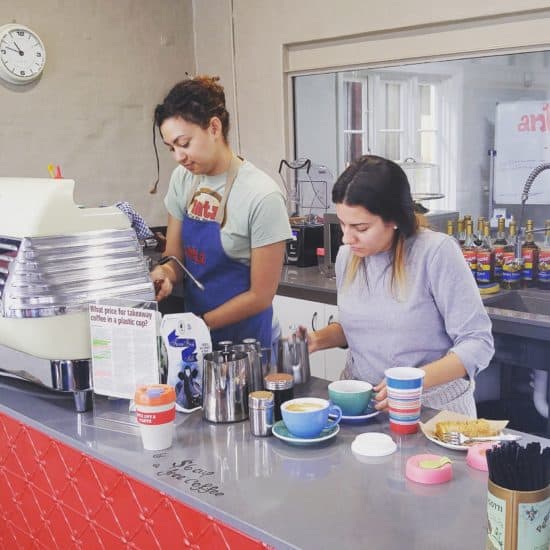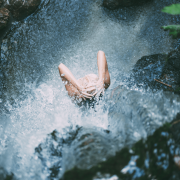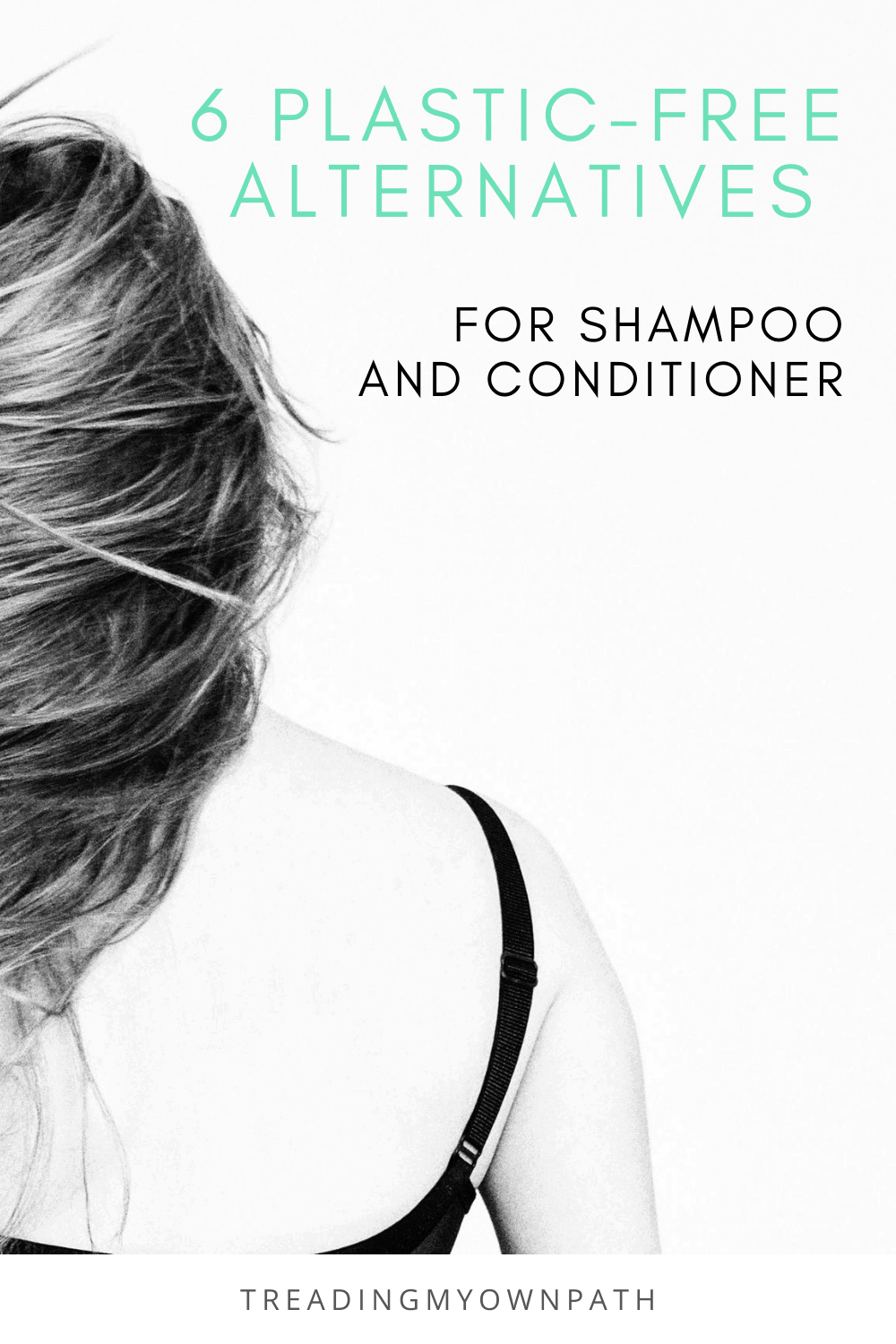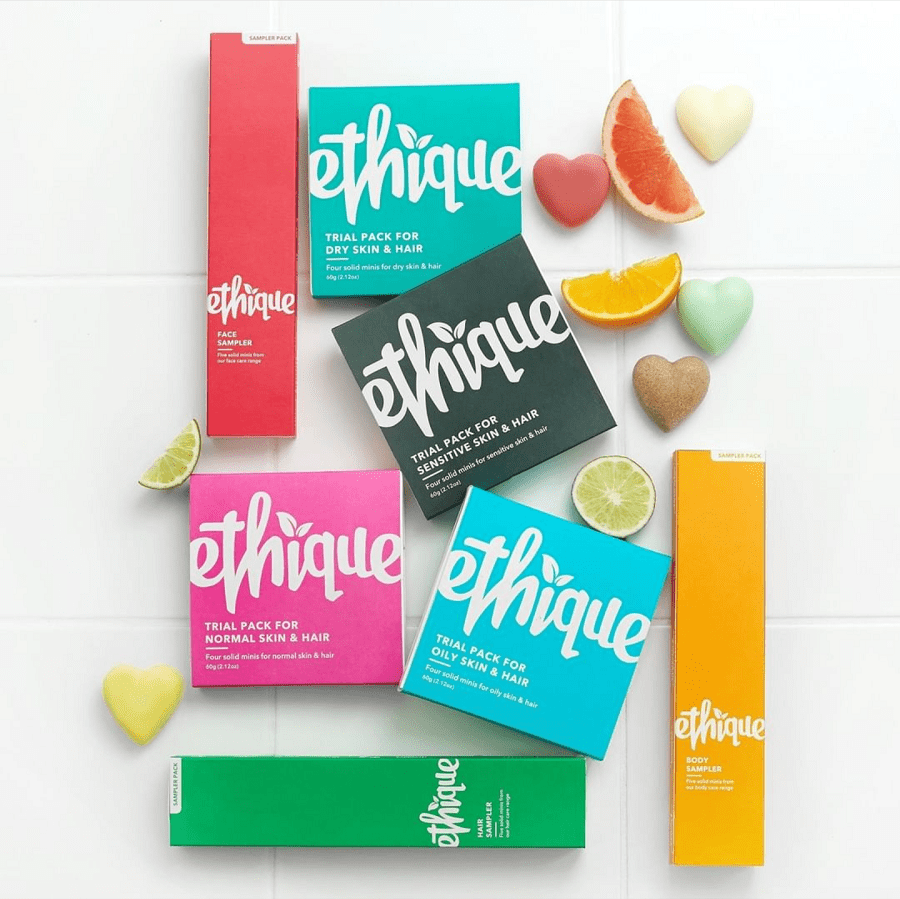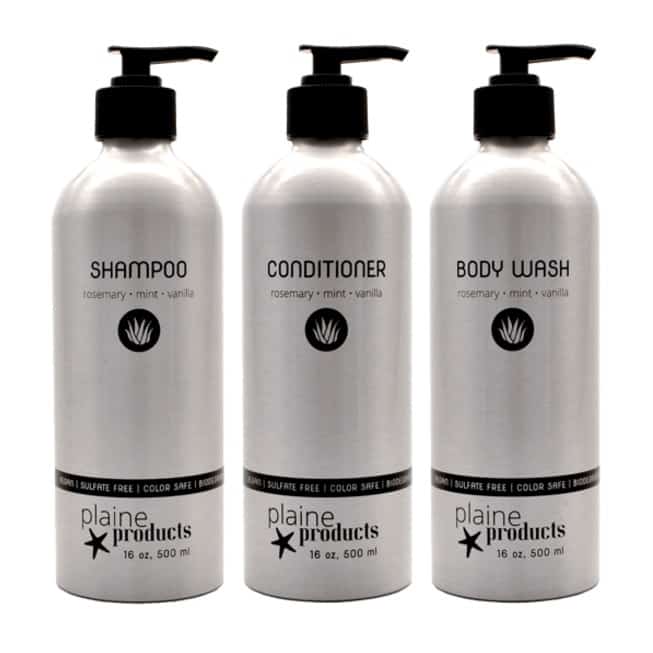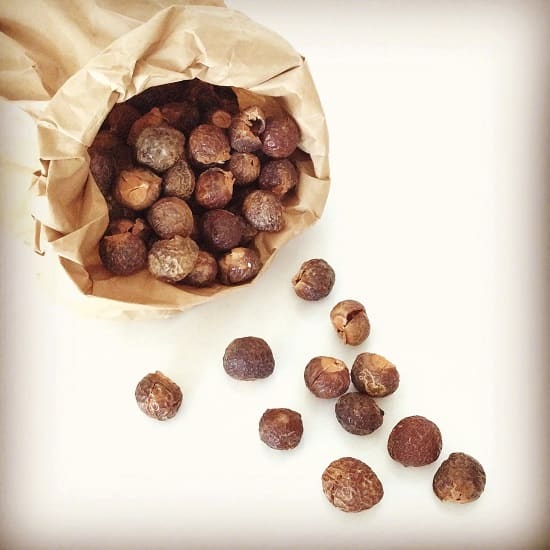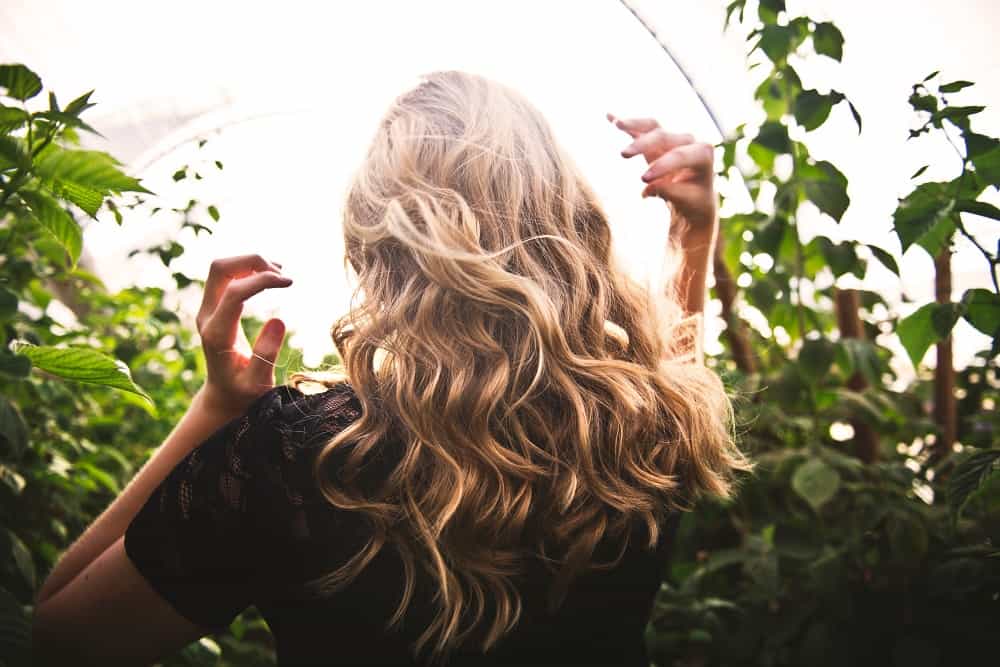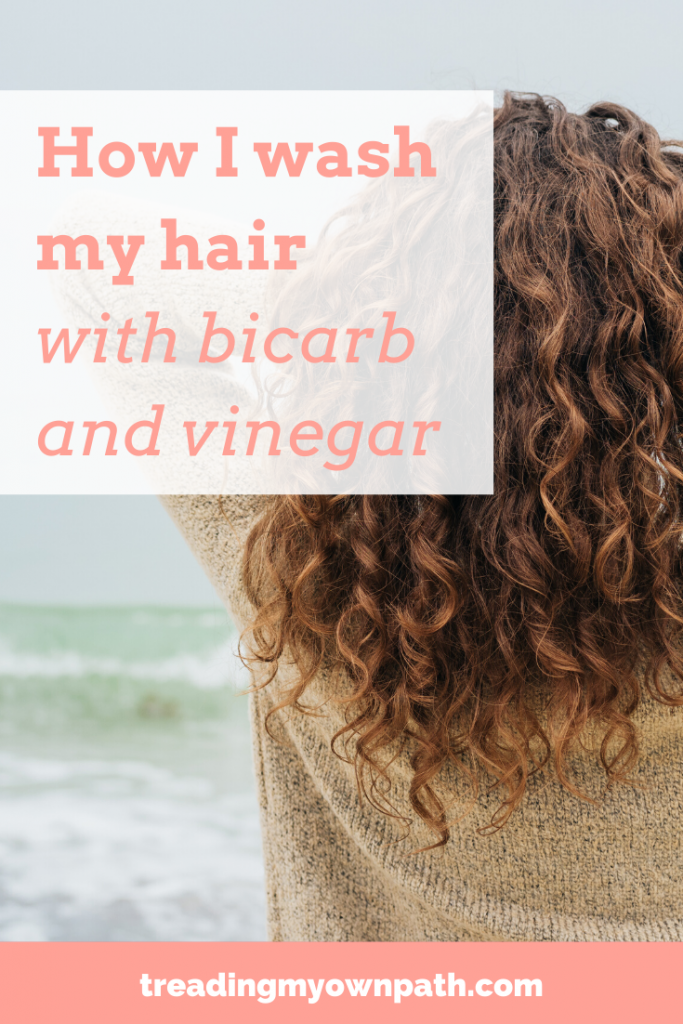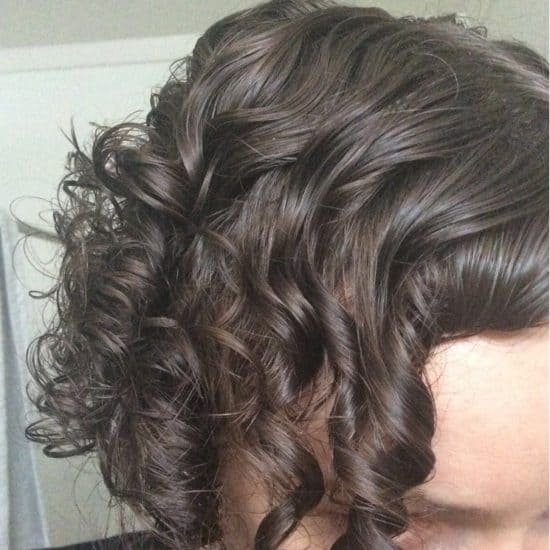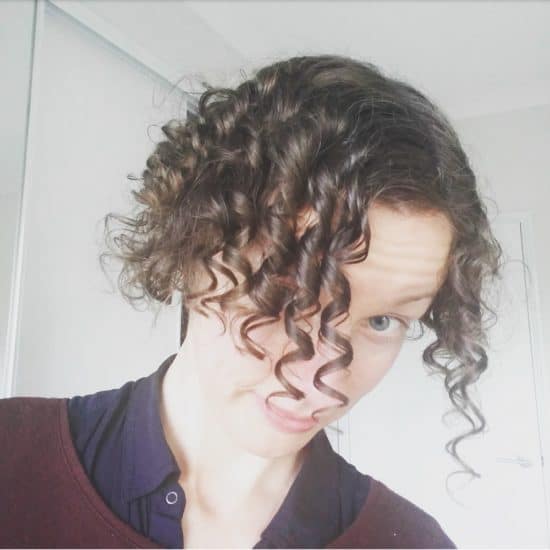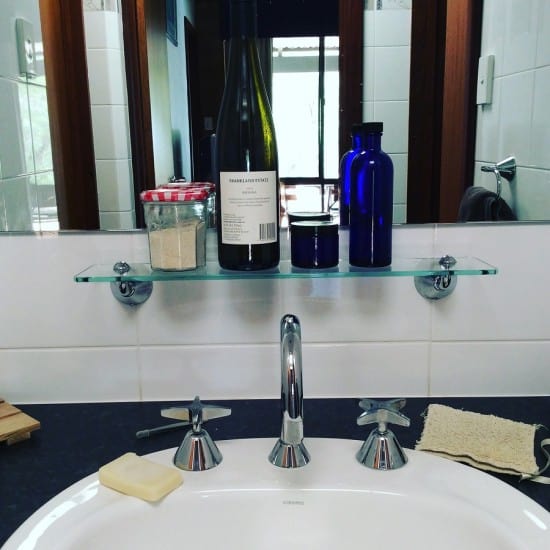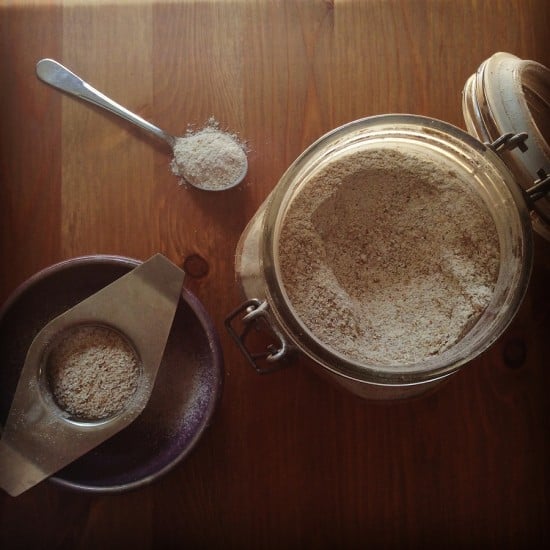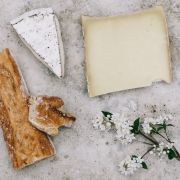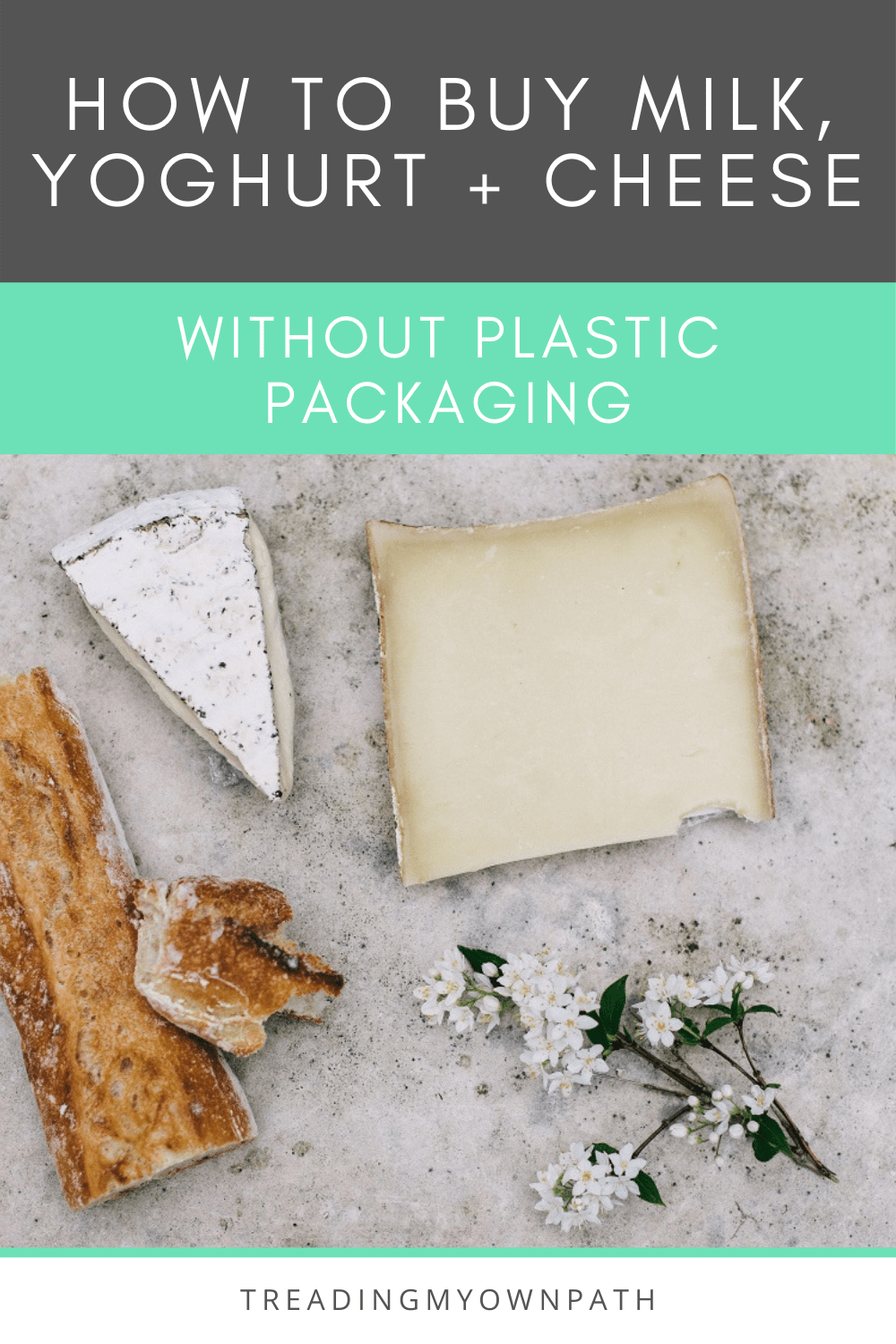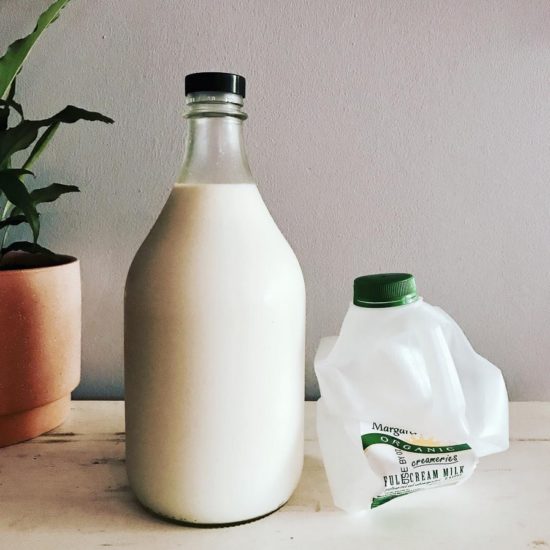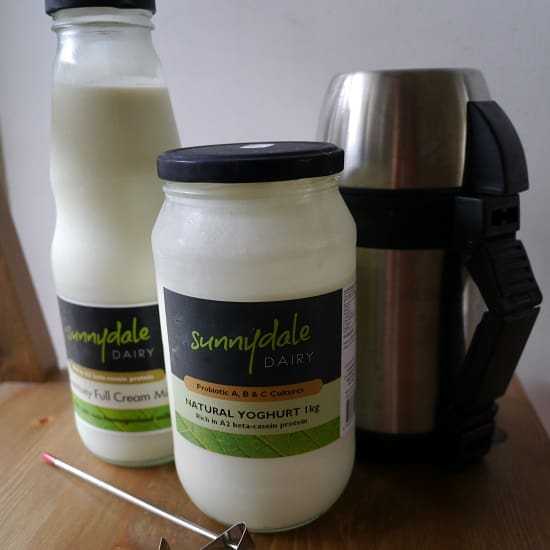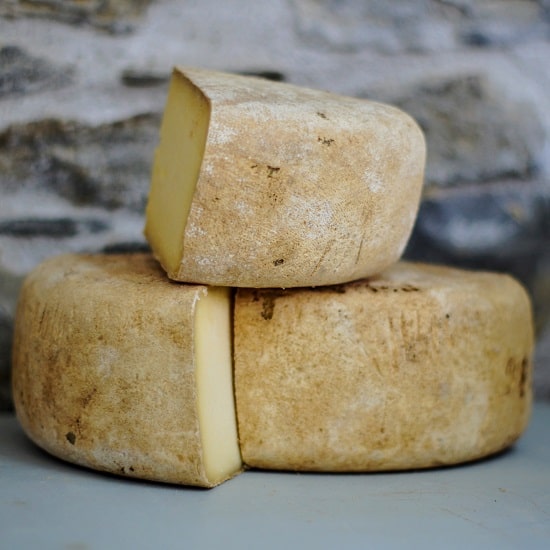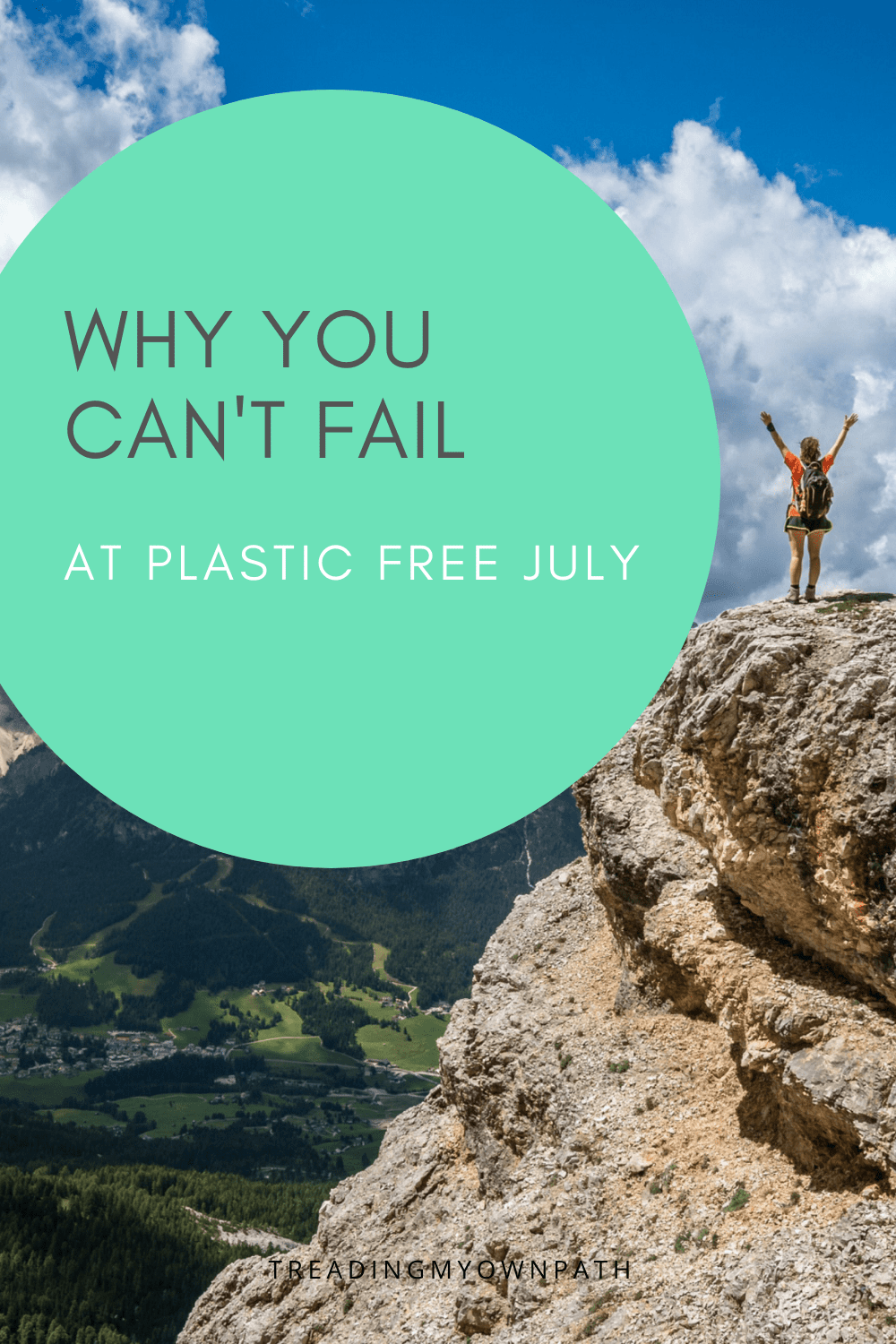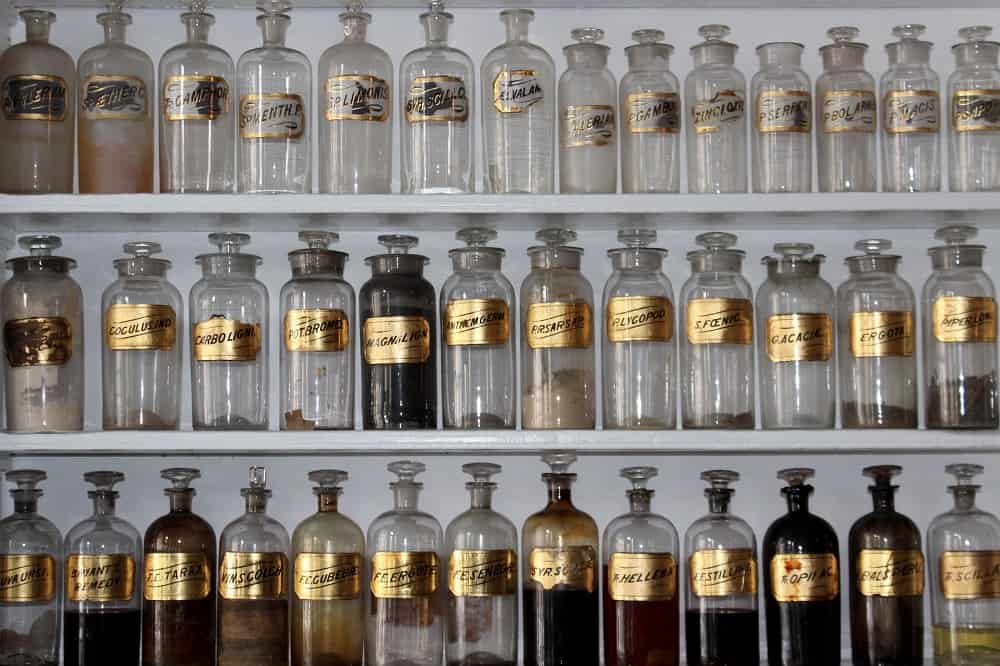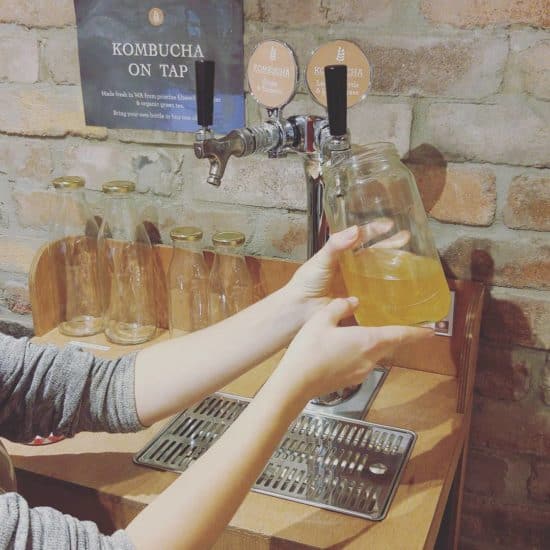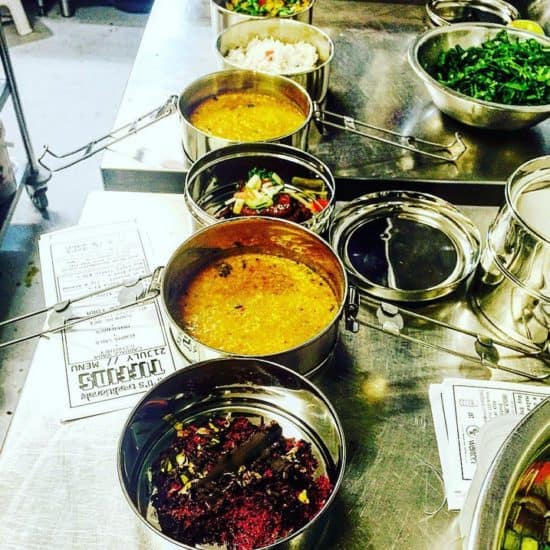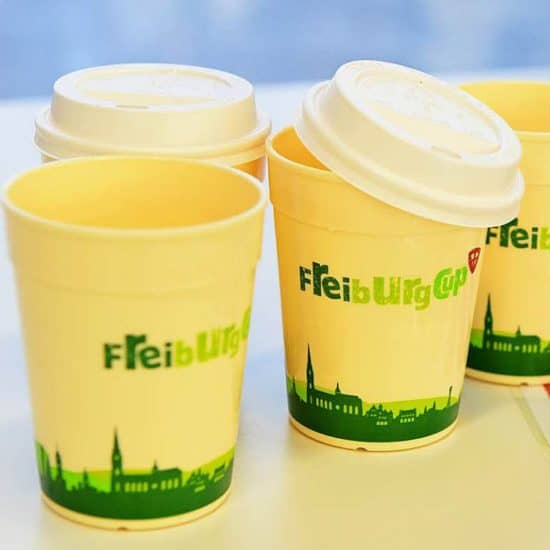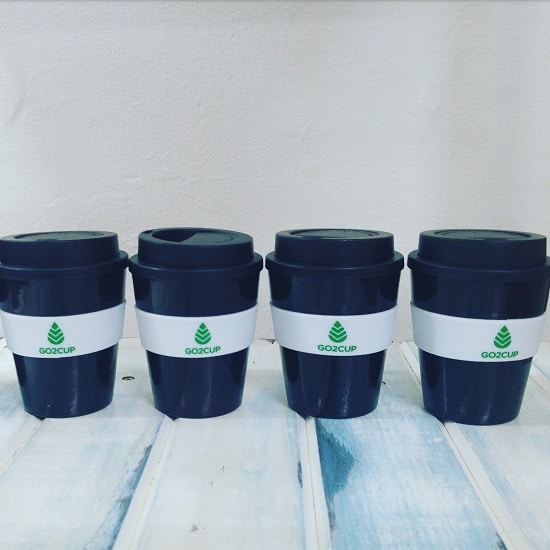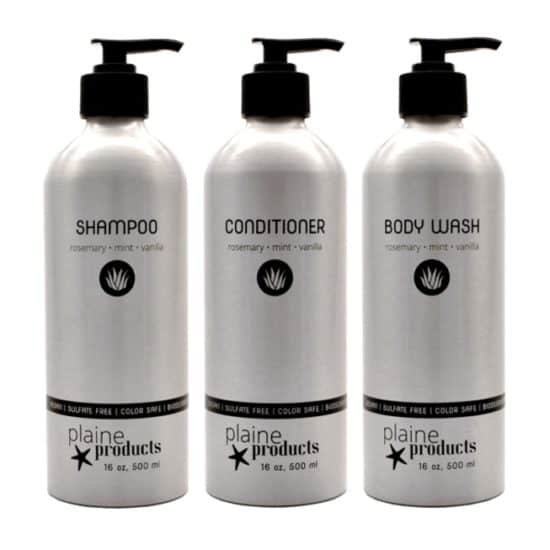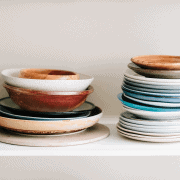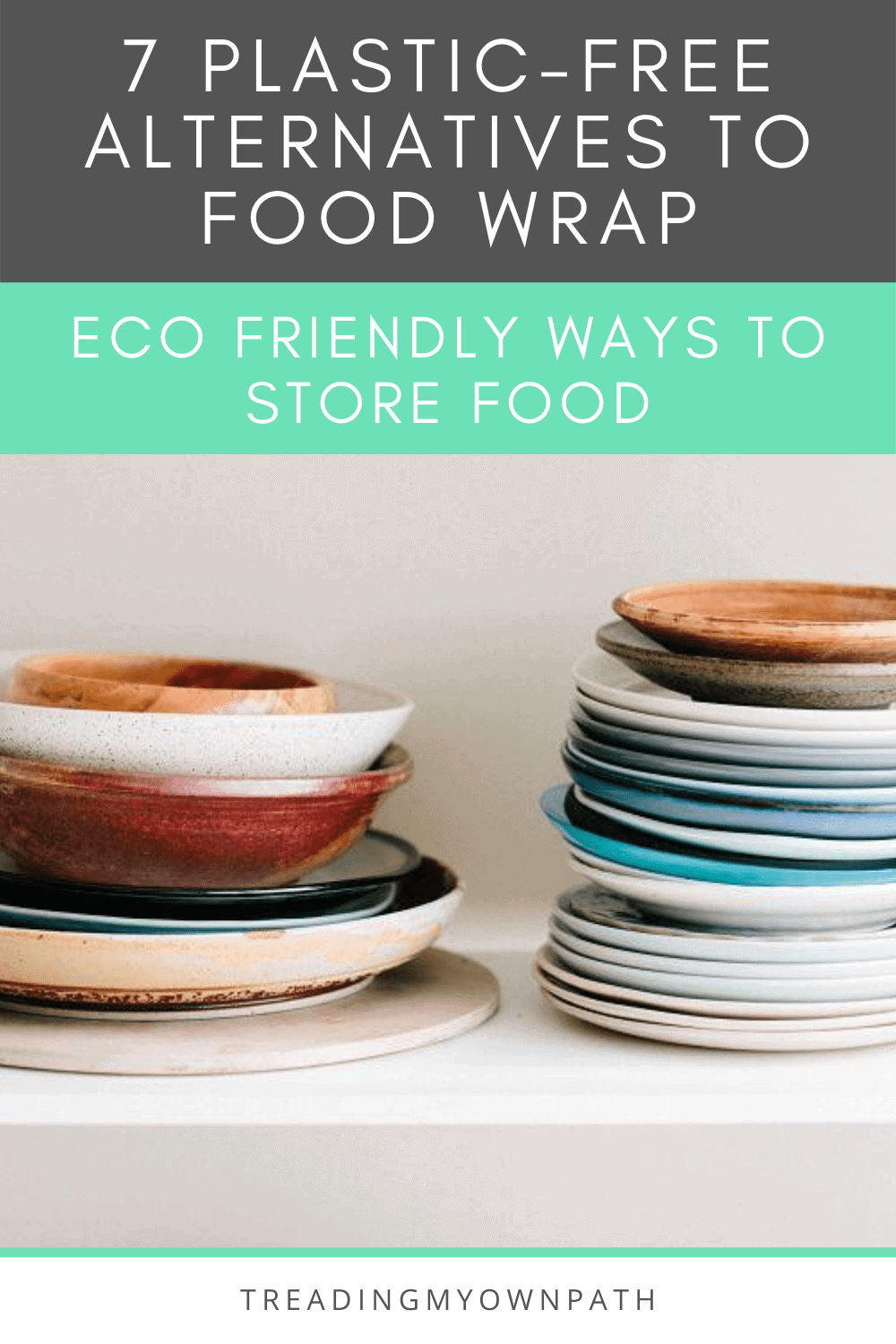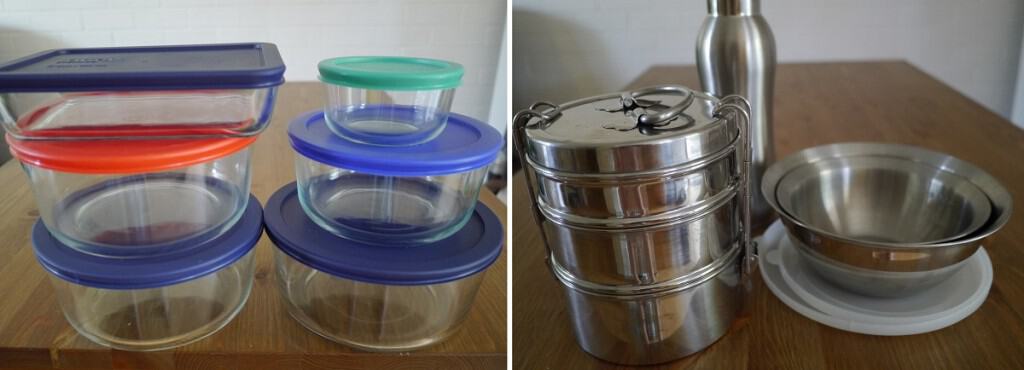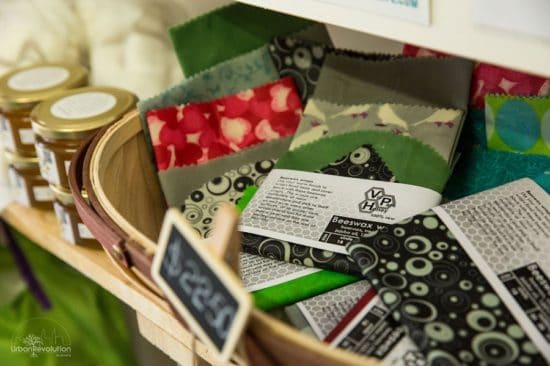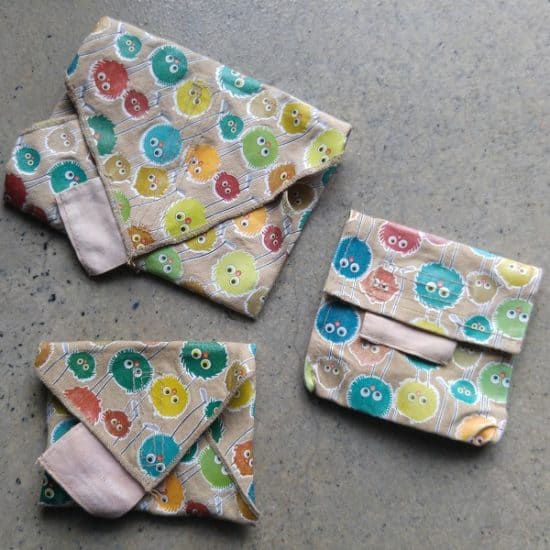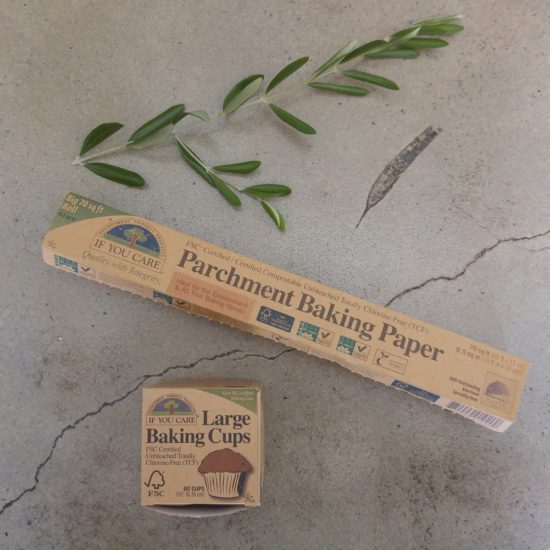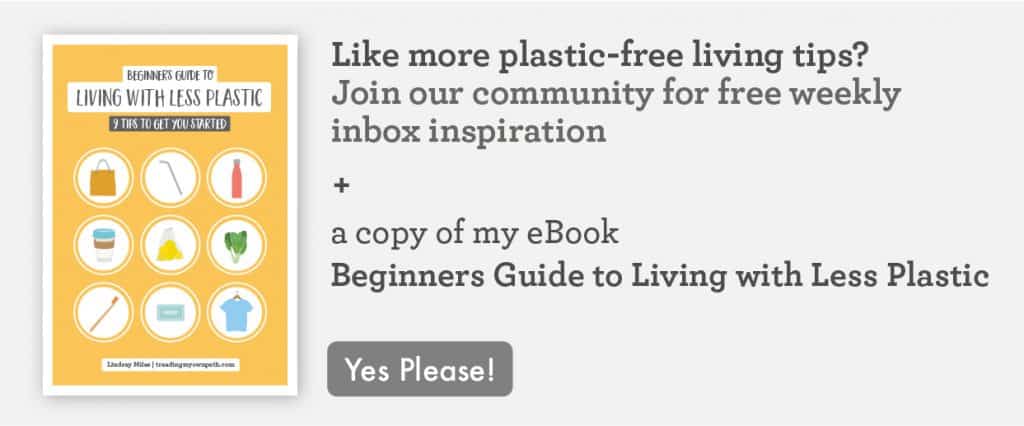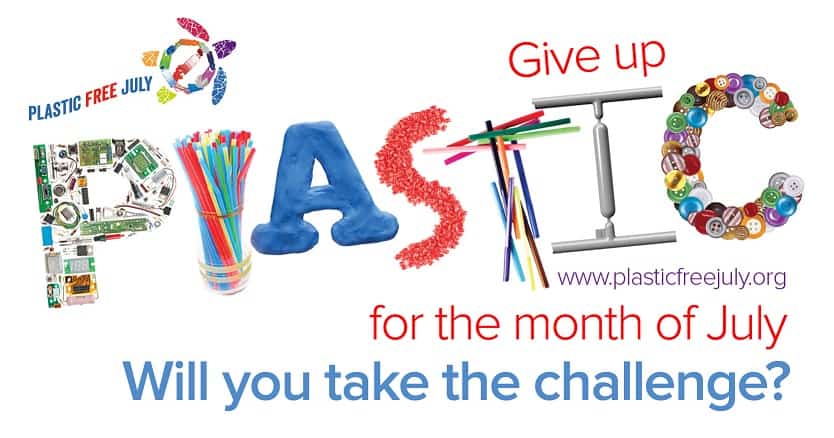What I *Actually* Mean By Living “Plastic Free”
What if I told you that “living plastic-free” doesn’t actually mean living plastic free at all?
Let me explain.
A reader of this blog, Stephanie, recently contacted me to share an online article that she had read, and had found rather discouraging. The article opened with the statement “I’m suspicious of people who claim to live plastic-free” and the title of the article was “I tried to give up plastic for a month and realised it’s impossible.”
Woah.
I like to look towards the positives, the solutions, the next steps. Any article that begins by declaring defeat is unlikely to inspire and motivate (how can it?!) and I tend to avoid reading them. Give me a good news story any day!
But I read this one.
I came across some arguments I hear surprisingly often. What about laptops, and mobile phones, and credit cards? True, I use all these things. I also came across some thoughts that had never crossed my mind before in the context of plastic-free living: using plastic furniture in public spaces; answering the (plastic) telephone at work, or taking public transport (yes, buses and the London Tube both use plastic as a construction material).
I feel that the idea of “plastic-free living” is perhaps sometimes taken more literally than it is often meant.
In my view, there is nothing suspicious about claiming to live a plastic-free life. No-one is out to fool anybody. In my experience, anyone who says they live plastic-free is trying to be as transparent as possible about the things they do and don’t do, the choices they make… and the mishaps they have along the way.
I can’t speak for everyone who claims to live plastic-free, but I can speak for myself. I’d like to explain what I mean when I say that I live a plastic-free life, what I don’t mean, and when plastic-free doesn’t actually mean plastic-free.
Here’s my thoughts.
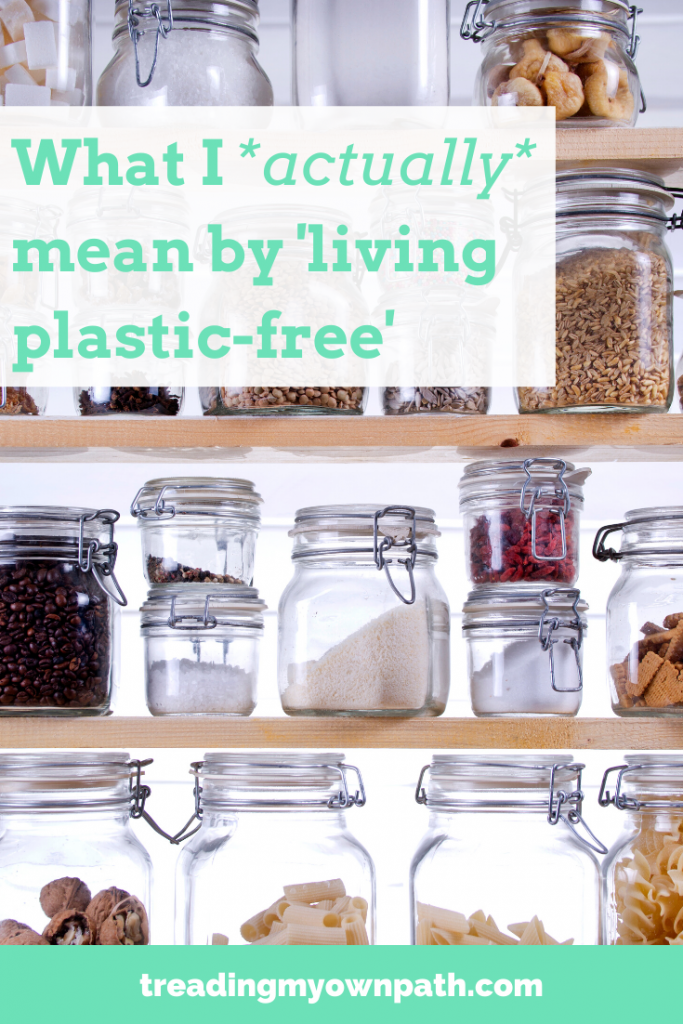
What Living Plastic Free Actually Means (To Me)
I always say that plastic-free living is a journey. Like any journey, things change along the way. What I mean when I say “plastic-free” today isn’t necessarily what I thought it meant when I began.
My plastic-free journey began in 2012 when I signed up to Plastic Free July and saw the documentary Bag It. Both the challenge and the documentary opened my eyes to the issues, but also my own habits, and made me realise just how much of the plastic I bought was avoidable.
It made me feel embarrassed that I’d never realised before, and determined to do what I could to make a difference and refuse all future plastic.
My first challenge was to reduce all the single-use plastic from my life. By single-use I meant anything that was designed to be used once. Not just things like plastic bags and takeaway coffee cups, but also things like plastic bottles of shampoo. Whilst the container might last a few months, it is not designed to be refilled and is therefore single-use.
With single-use plastic the main thing on my radar, other types of plastic hadn’t yet reached my awareness.
One of the first purchases I made when I embraced this plastic-free life was a reusable plastic KeepCup. I remember my husband (who has been with me on this journey since the beginning) posting a picture of them on Facebook, and one of his old school friends came back with the comment “but it’s plastic!”
We rolled our eyes and shook our heads at this lack of understanding. In our minds, it made total sense!
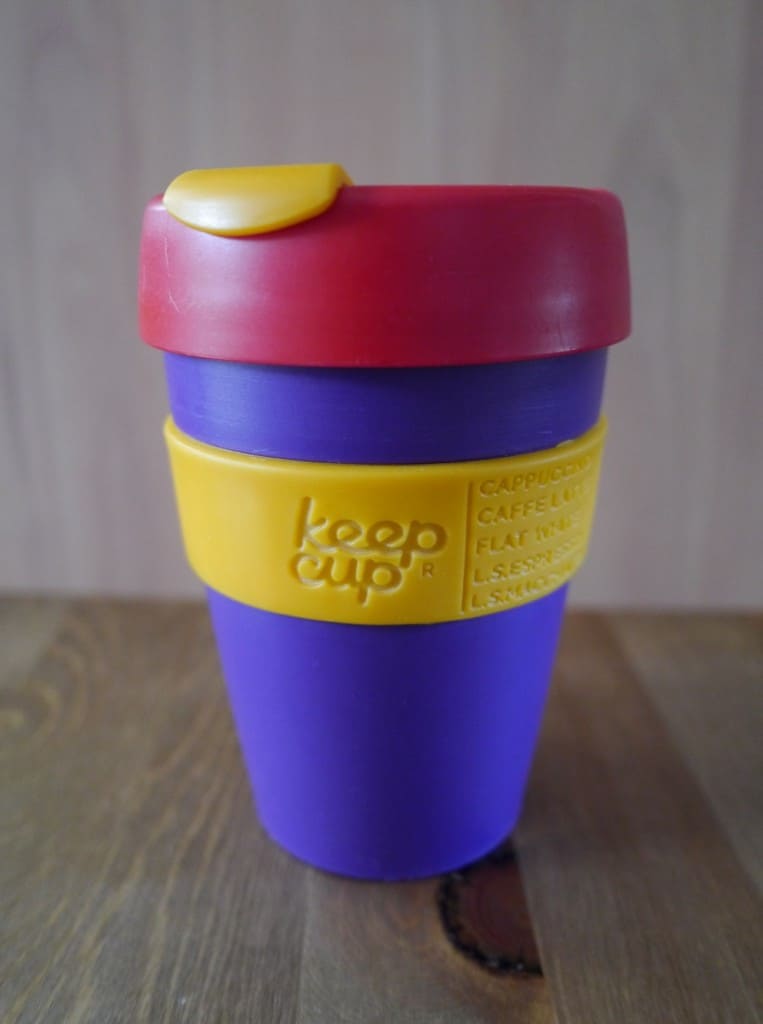
Of course, now I can see why there was a lack of understanding. Clearly, buying a plastic cup for Plastic Free July is not actually plastic-free in itself. It made sense at the time because it was reducing all the single-use plastic.
(5 years on, this cup is still going. My husband uses it at work. Would I make the same purchase today? No. But that’s part of the journey.)
Six months into my plastic-free living journey, and I’d found plastic-free solutions to a lot of the products that I’d previously bought regularly in plastic. I’d also stopped buying so much stuff generally (my minimalism journey had also begun) which gave me the space to think more carefully about the things that I did buy.
My single-use plastic avoidance became all plastic… where there was a reasonable alternative.
I started out as an idealist, but I soon realised that reason had a part to play. What does “a reasonable alternative” mean? For me, reasonable means practical, affordable (and I am happy to pay more for plastic-free items) and suitable.
It is possible to find plastic-free alternatives to most items. But not all.
Sometimes, plastic items have their place. I avoid new plastic as much as possible, but I’m happy to reuse plastic items to save them from landfill. If I think something is well made, built to last and serves a purpose, and I cannot think of (or find) a better alternative, then I consider plastic.
This includes the plastic olive barrels that I’ve upcycled into veggie beds in my garden, the clothing with plastic fibres that I’ve purchased second-hand from the charity shop, and the empty plastic yoghurt tubs I’m currently collecting via the Buy Nothing Group for mushroom growing.
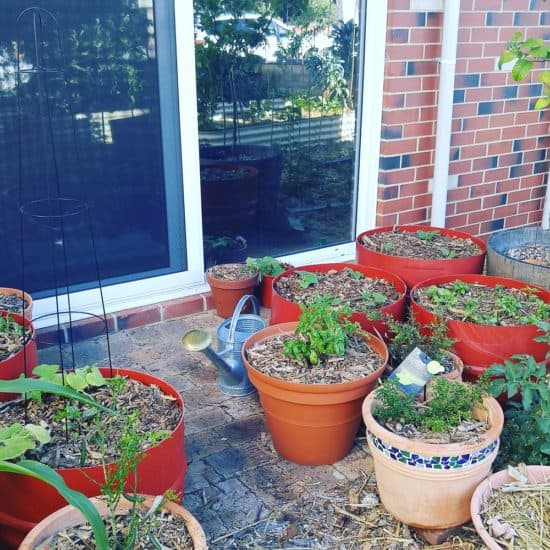
What do I mean when I say I live “plastic-free”? Well, I mean no single use plastic packaging. I mean that I don’t buy brand new plastic things, unless there is absolutely no alternative, I consider that item to be necessary, and it is not not available second-hand. I minimize my second-hand plastic purchases, but I don’t avoid them completely.
For me, plastic-free is not an absolute. I make exceptions. I’m also very transparent about the exceptions that I make. Plastic-free living is an ideal, a goal to work towards, and a journey. I’m doing what I can, and always striving to do better.
What Living Plastic Free Doesn’t Mean (To Me)
At the start, I was determined to eliminate plastic completely from my life. Over time, I’ve taken a more moderate approach to what’s practical and possible for me.
I still use a mobile phone and a laptop. I have plastic travel cards (a Smartrider and an Oyster card). I have plastic bank cards, and I use plastic money (Australian bank notes are made of plastic). Plastic still sneaks into my life in other ways.
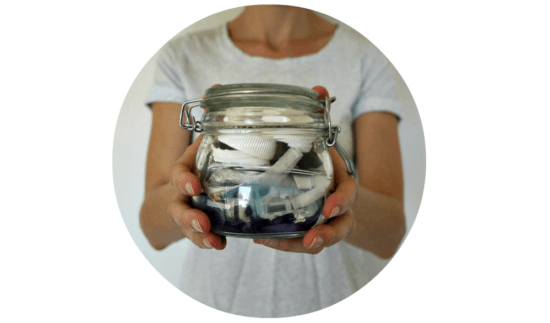 Plastic-free does not mean living in a house that I built myself from tree branches. (Natural building is a thing, so it’s not out of the question that I could live in a plastic-free house. But I don’t.) Maybe one day I’ll get the skills and the space to do it. Or maybe not. For now, I live in a house with recycled plastic/stone kitchen benches, plastic guttering, a plastic bathroom bench, a plastic rainwater tank, plastic doors, windows and frames.
Plastic-free does not mean living in a house that I built myself from tree branches. (Natural building is a thing, so it’s not out of the question that I could live in a plastic-free house. But I don’t.) Maybe one day I’ll get the skills and the space to do it. Or maybe not. For now, I live in a house with recycled plastic/stone kitchen benches, plastic guttering, a plastic bathroom bench, a plastic rainwater tank, plastic doors, windows and frames.
Plastic-free does not mean avoiding touching anything plastic. The pipes that bring water to our house the cables that bring electricity and the internet to our house, every kind of transport (public or private) – it all features plastic.
Plastic-free does not mean refusing medical treatment. I take painkillers in packaging on the rare occasion I need to, I have a plastic filling (I wasn’t choosing mercury as the alternative option).
Plastic-free has never meant (and never will mean) throwing existing plastic away. In my home, plastic that is perfectly usable will never be replaced it with something that is plastic-free for asthetic reasons.
If I need to buy something in plastic so that I can avoid plastic in the future then I do. I buy seeds that come in plastic bags, but I am saving my seeds so in future I can use my own. I bought a second-hand plastic compost bin so that I can make my own compost and not need to buy plastic-packaged soil amendments for the garden.
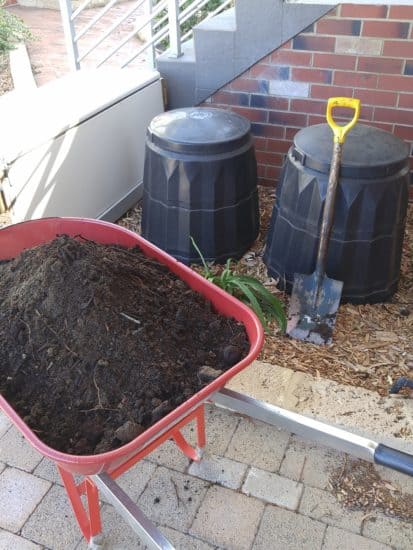
Plastic-free living, for me, is not about taking things to extremes. It’s about finding alternatives, solutions and better ways of doing things. Every piece of plastic ever made still exists. If I can reduce my plastic by 95%, that’s a lot of plastic refused.
Does it really matter that I use a small amount of plastic to reduce my impact in other areas? To me, no.
When Is Plastic-Free not Plastic-Free?
I am passionate about living with less waste (you might have noticed). For me there are three branches to this, and they are all slightly different. There’s zero waste, which is about sending nothing to landfill. There’s plastic-free, which is about using no plastic. Then there’s the broader aspect of sustainability, using what already exists.
The way I live is the result of these three elements (plastic-free and zero waste and reducing waste) colliding. My ultimate goal is reducing landfill and making the best use of resources. So sometimes I choose second-hand polyester over brand new organic Fairtrade cotton. Or upcycled plastic buckets rescued from landfill over French oak wine barrels.
It’s not that one option is better than the others. There’s rarely a perfect choice. I just do what feels right to me and my values.
I say I live plastic-free because it’s a label that people can understand. It’s certainly a lot less of a mouthful than “I live single-use-plastic-free-and-new-plastic-free-but-occasionally-I-buy-second-hand-things-made-of-plastic-but-mostly-I’m-plastic-free”. It starts conversations, encourages new ideas and provokes dialogue.
Plus, it’s a way of doing something good for the planet, and for ourselves and our community.
I’m not one to dwell on the negatives. I could lament all of the things that I can’t change, and the things that hold me back from perfection. I could give up before I start, because I’ll never make 100%. But plastic-free living is not about perfection. It’s about making better choices.
There’s so much opportunity to make change to reduce our collective plastic habit. To refuse single use items, make simple switches, avoid plastic packing. Living plastic-free is 95% possible. But even 1% plastic-free is better than nothing. Let’s not get bogged down with the things we can’t change. We can all change something. Let’s do what we can.
Now I’d love to hear from you! Do you agree that saying plastic-free or zero waste is misleading? Or do you find labels a useful way to strike up conservation and convey ideas simply? Do you use these labels, or do you prefer not to? If you live plastic-free, what plastic compromises do you make? Share your thoughts in the comments below!
[leadpages_leadbox leadbox_id=1429a0746639c5] [/leadpages_leadbox]



